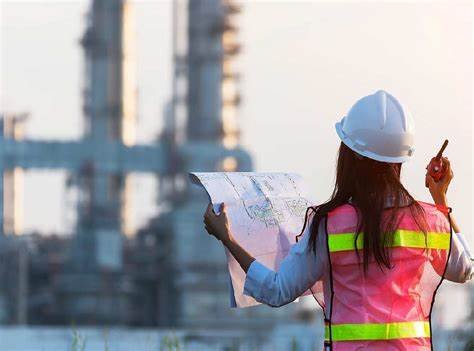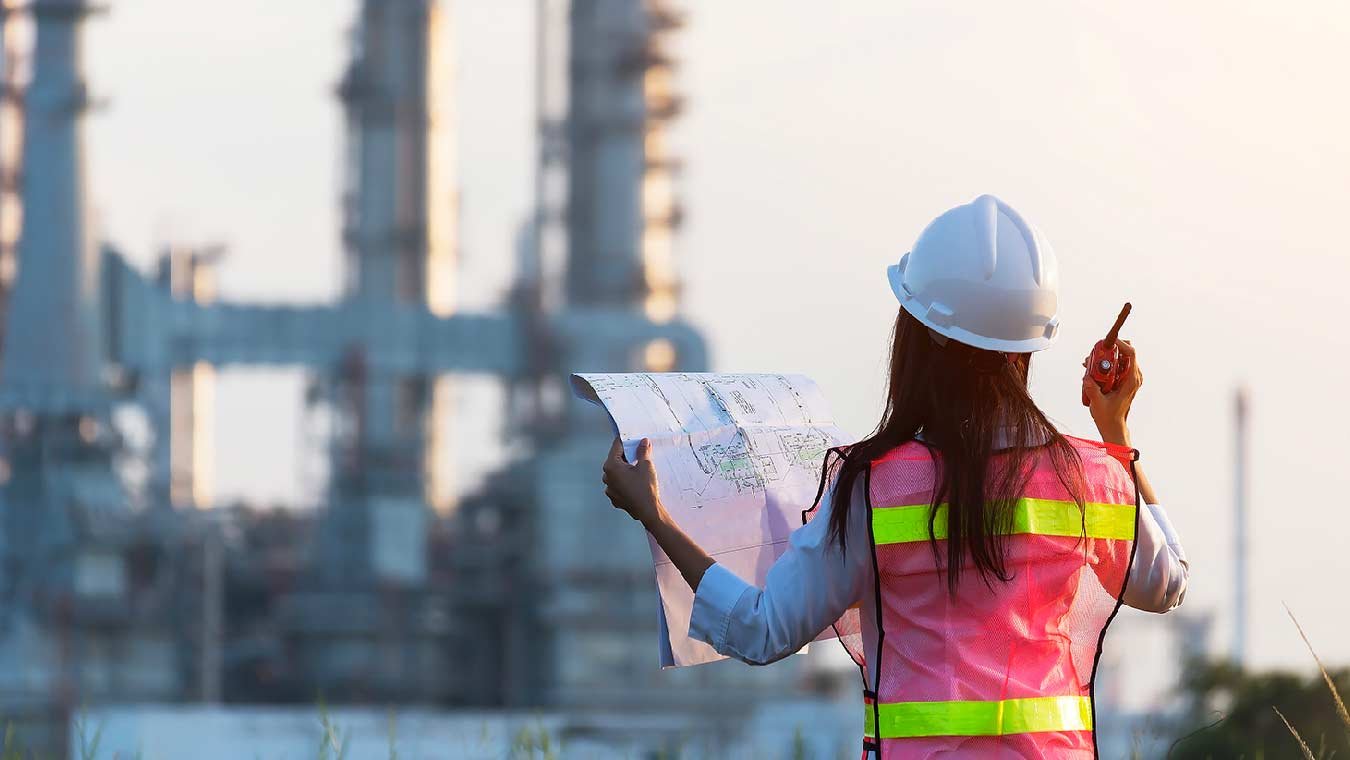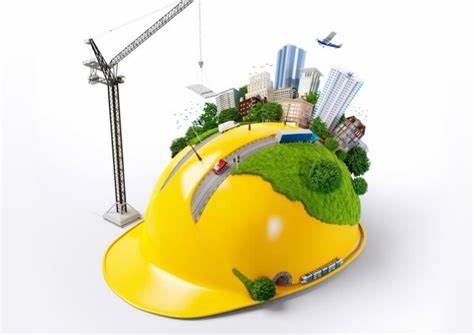Sustainable practices in civil engineering design are becoming increasingly important. As environmental concerns grow, engineers are focusing on creating buildings, roads, and infrastructure that are both efficient and environmentally responsible. These sustainable practices aim to reduce the carbon footprint, conserve resources, and create structures that last longer while minimizing harm to the environment. In this article, we will explore some of the sustainable practices in civil engineering design that are shaping the future of construction.

Use of Recycled Materials
One of the most common sustainable practices in civil engineering design is the use of recycled materials. By reusing materials from old structures, such as concrete, steel, and asphalt, engineers can reduce the demand for new raw materials. This not only saves resources but also lowers the amount of waste sent to landfills.
For example, recycled concrete can be crushed and used as a base material for new roads and foundations. Similarly, steel from demolished buildings can be melted down and repurposed for new projects. By incorporating these materials into designs, engineers help reduce the environmental impact of construction projects.
Energy-Efficient Building Designs
Energy efficiency is another key aspect of sustainable civil engineering design. Engineers are now designing buildings that use less energy by focusing on insulation, natural lighting, and efficient heating and cooling systems. For example, buildings are being designed with larger windows to allow more natural light, reducing the need for artificial lighting during the day. Additionally, smart heating and cooling systems are being used to optimize energy use based on occupancy and weather conditions.
Incorporating renewable energy sources, like solar panels or wind turbines, is also part of sustainable building design. These systems help reduce the reliance on non-renewable energy sources and lower the building’s overall carbon footprint.
Green Infrastructure
Green infrastructure refers to the use of natural systems to manage water, reduce pollution, and improve urban environments. This includes practices such as rainwater harvesting, green roofs, and permeable pavements. Sustainable practices in civil engineering design now focus on integrating these green elements into urban planning.
For example, green roofs are designed to absorb rainwater, reduce the heat island effect, and provide insulation for buildings. Similarly, permeable pavements allow water to soak into the ground, reducing runoff and improving groundwater recharge. By incorporating green infrastructure, engineers can enhance the environmental sustainability of cities and communities.
Sustainable Water Management
Water conservation is a critical component of sustainable civil engineering design. Engineers are developing systems to reduce water consumption and improve water efficiency in buildings and infrastructure. Low-flow faucets, toilets, and irrigation systems are being installed to reduce water waste.
In addition, water recycling systems are being incorporated into designs. These systems treat and reuse water for non-potable purposes, such as irrigation or cooling.
Sustainable Construction Techniques
Sustainable construction techniques are another important part of civil engineering design. These techniques minimize waste, reduce energy consumption, and promote environmental stewardship throughout the construction process. For instance, modular construction, where buildings are prefabricated in sections off-site and then assembled on-site, reduces material waste and construction time.
Additionally, advanced machinery and equipment that use less fuel and produce fewer emissions are becoming more common on construction sites. These machines help reduce the carbon footprint of construction projects, making them more sustainable overall.
Climate-Resilient Designs
As climate change leads to more extreme weather conditions, civil engineers are increasingly focused on designing structures that can withstand these challenges. Sustainable practices in civil engineering design now prioritize climate resilience by considering factors such as flooding, high winds, and temperature fluctuations in the design process.
For example, engineers are designing buildings with flood-resistant foundations and using materials that can withstand higher temperatures. Infrastructure such as roads and bridges are also being designed to resist damage from extreme weather events, ensuring that communities remain safe and functional even in the face of climate change.
Life Cycle Assessment (LCA)
Life Cycle Assessment (LCA) is a tool used to evaluate the environmental impact of a building or infrastructure project throughout its entire life cycle. This includes everything from the extraction of raw materials to construction, operation, and eventual demolition. By using LCA, engineers can make more informed decisions about the materials and methods used in a project, helping to reduce its overall environmental impact.
LCA is a valuable tool for engineers looking to incorporate sustainable practices in civil engineering design. It helps identify areas where improvements can be made, such as using less energy-intensive materials or designing structures for longer lifespans.
Collaboration and Innovation
Finally, collaboration and innovation are essential for implementing sustainable practices in civil engineering design. Engineers are working closely with architects, environmental scientists, and urban planners to develop integrated, sustainable solutions. By combining expertise from multiple fields, engineers can create more effective and environmentally responsible designs.
Innovation also plays a key role in finding new ways to reduce the environmental impact of civil engineering projects. From new building materials to advanced construction techniques, engineers are constantly exploring creative solutions to the challenges of sustainability.
Conclusion
Sustainable practices in civil engineering design are becoming more important as the world faces environmental challenges. Engineers are using recycled materials, designing energy-efficient buildings, incorporating green infrastructure, and focusing on water conservation to reduce the environmental impact of construction. With climate change posing new challenges, the need for resilient and sustainable infrastructure has never been greater. By adopting these sustainable practices in civil engineering design, engineers are helping create a greener, more sustainable future for generations to come.




